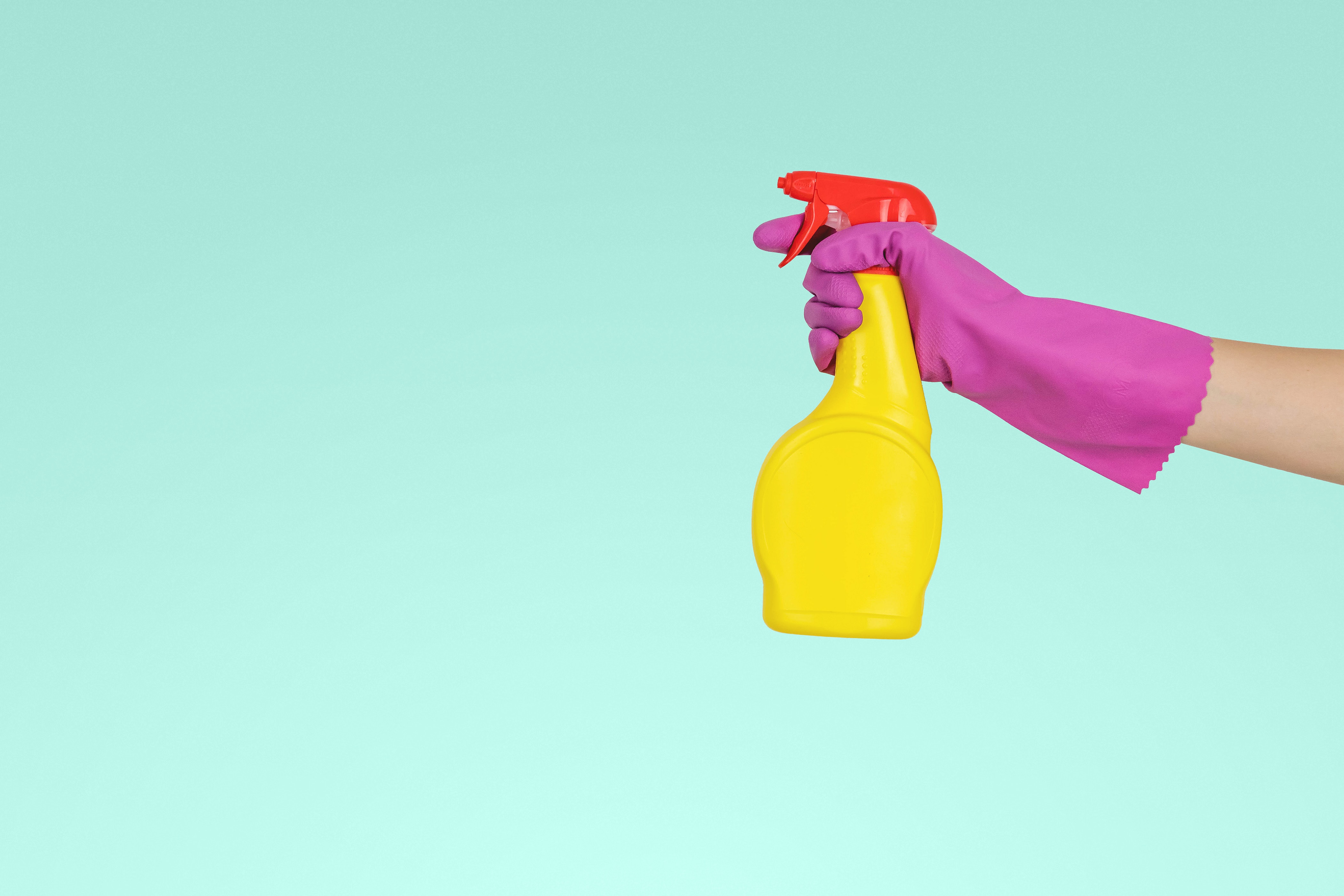Chemical Cleaning using Circulation Heaters

Chemical cleaning occurs in two different stages, pre-operational and remedial. Pre-operational cleaning readies the vessel to be used and usually occurs after the initial installation of the equipment.
Flanged heaters are often used in chemical cleaning because they produce precise levels of heat and control. Using circulation heaters is an efficient method of cleaning because of their high energy efficiency and fast heating abilities. This is beneficial during both the pre-operational cleaning and remedial cleaning processes because it allows the right amount of heat to be generated to heat the process fluid to the required temperature per flow rate.
Most circulation heaters employ either indirect or direct heating depending on application. Direct heating allows for the process fluid to re-circulate directly through the heater in a closed loop system. Applications usually include test stands for oil temperature when testing car engines. Indirect heating is often needed for corrosive materials such as acids that can quickly corrode the immersed heating elements and viscous and temperature sensitive fluids such as adhesives, chocolate, syrups, and varnish. For the use in chemical cleaning, indirect heating would most often be employed.
Inline heaters are often used in conjunction with a chemical sprayer and pump for use in industries that make products such as semiconductors, photovoltaics, and biomedical equipment. Flanged immersion heaters are often used in applications where a stainless steel or titanium alloy is used for the heating element to resist the corrosive substances used for cleaning.
Choosing the proper circulation heater for the type of chemical cleaning procedure to be performed requires careful consideration of the application variables. The heat requirement of the procedure, the heating element material, vessel material and watt density must all be considered when making a selection.
